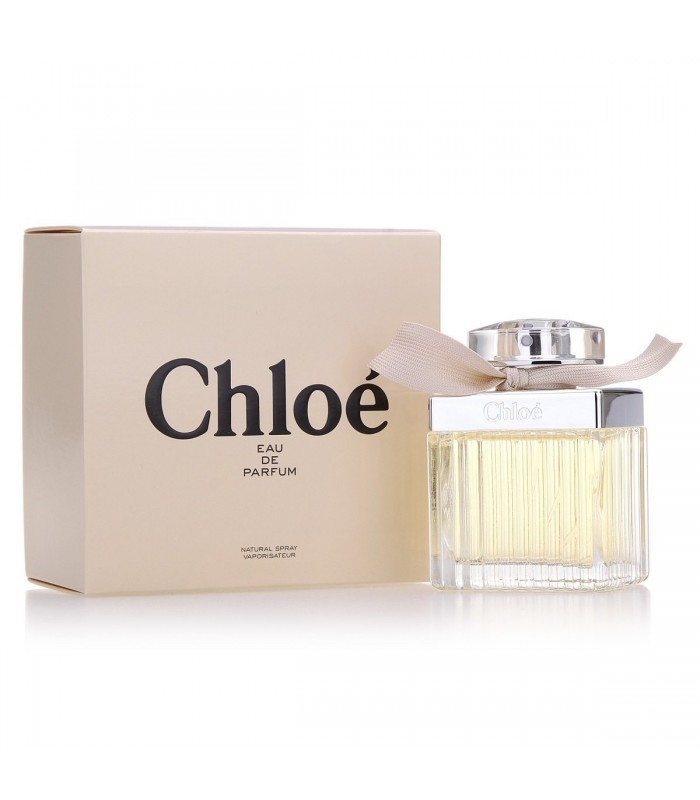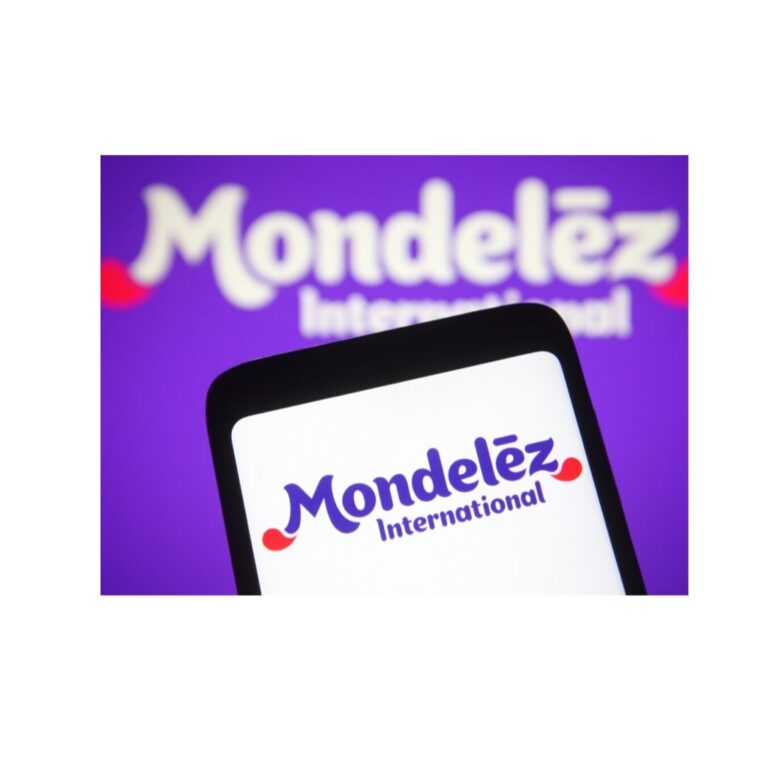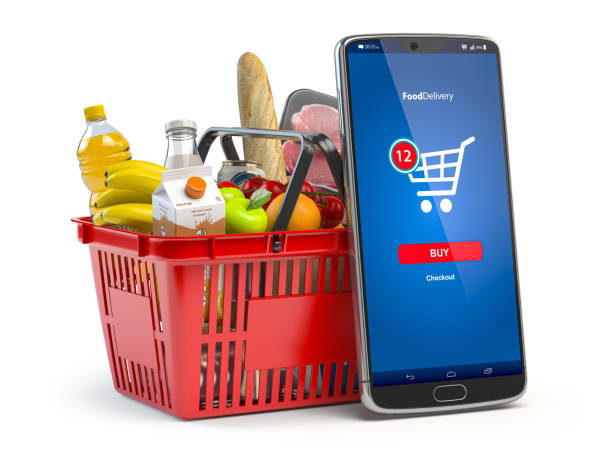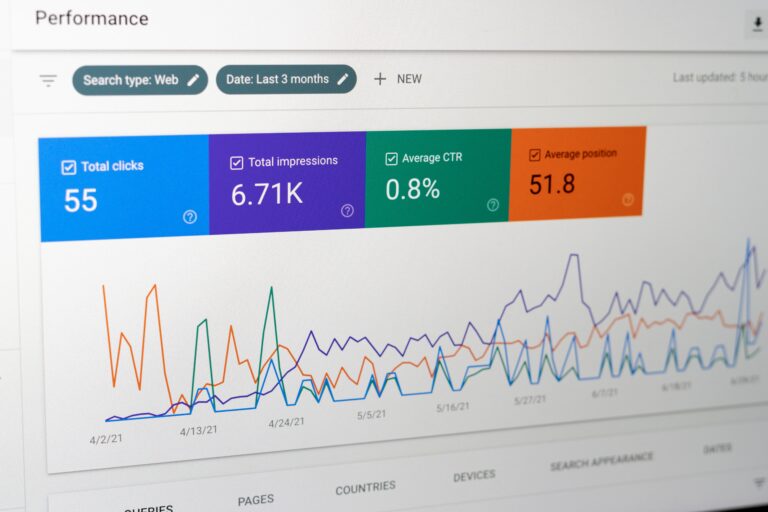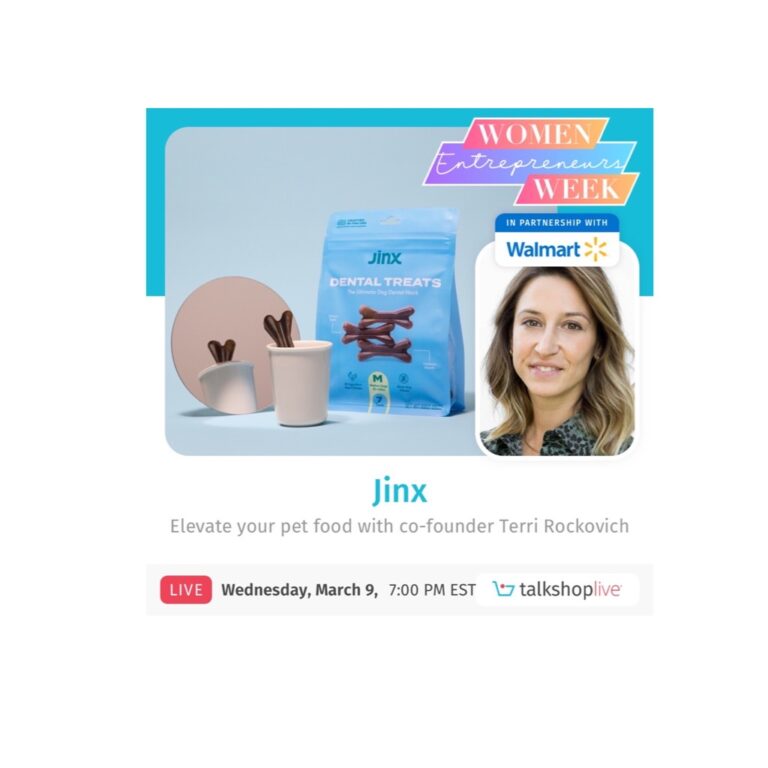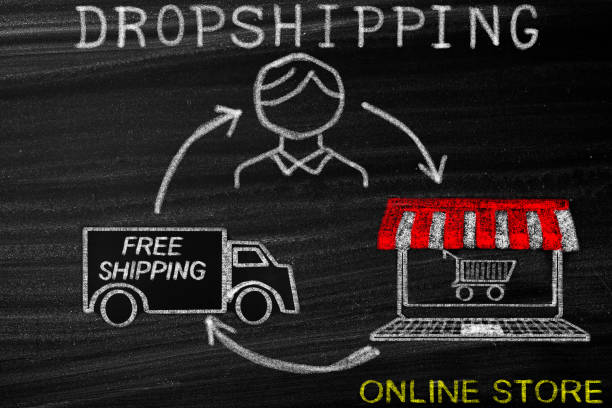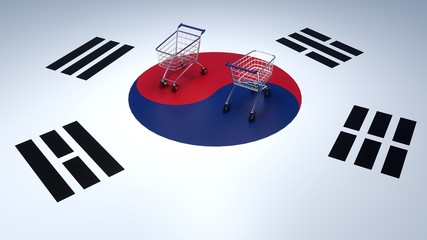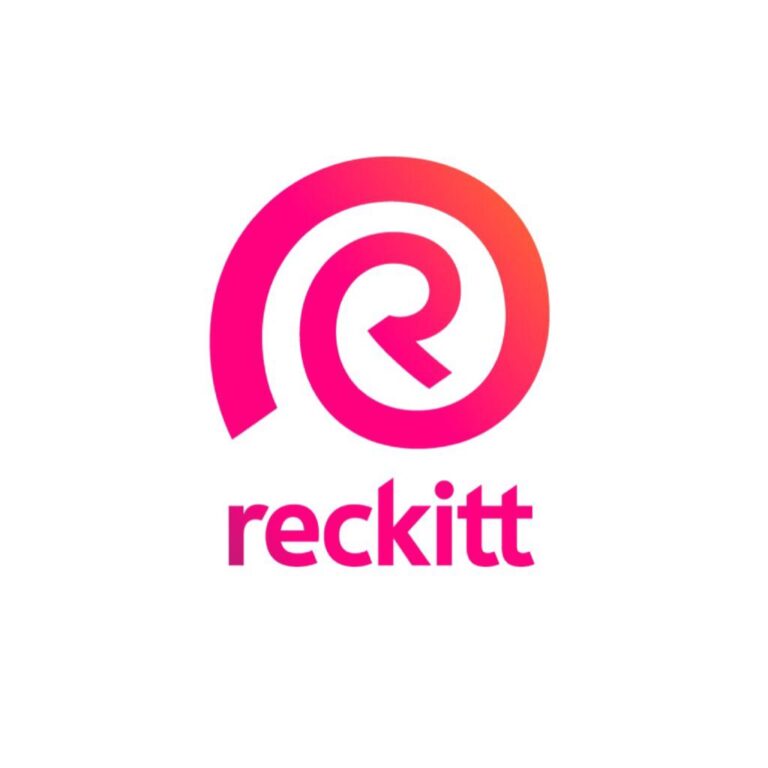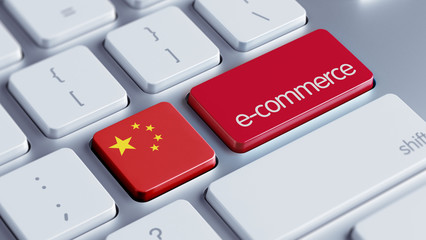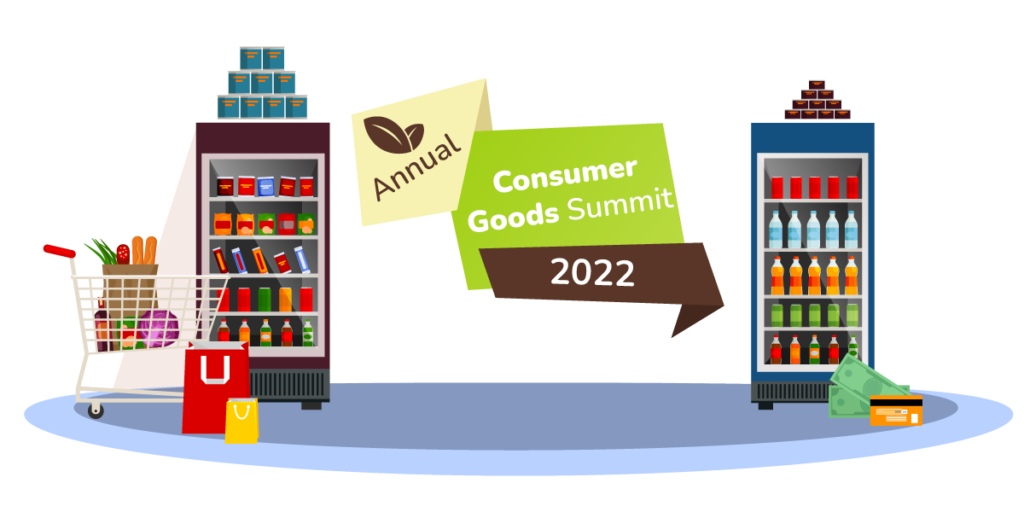TalkShopLive, a live streaming platform, wants to drive food and drink shopping sessions led by the founders of DTC brands. The platform has expanded its mark via video commerce partnerships with Conde Nast, Walmart, and Hearst. These projects allowed brands affiliated with these retailers or publishers to operate a shoppable live feed and order fulfilment. An olive oil DTC brand, Brightland, participated in TalkShopLive’s Virtual Bite Show, and the founder, Aishwarya Iyer, promoted her products and recipes. Additionally, a DTC dog food company, Jinx, appeared in the live streaming session, and the brand experienced a surge of 42% sales compared to the previous day. Other live video shopping companies like ShopShops, NTWRK, and Whatnot are prompting brands and investors to take an interest in live streaming. Read more from Modernretail
